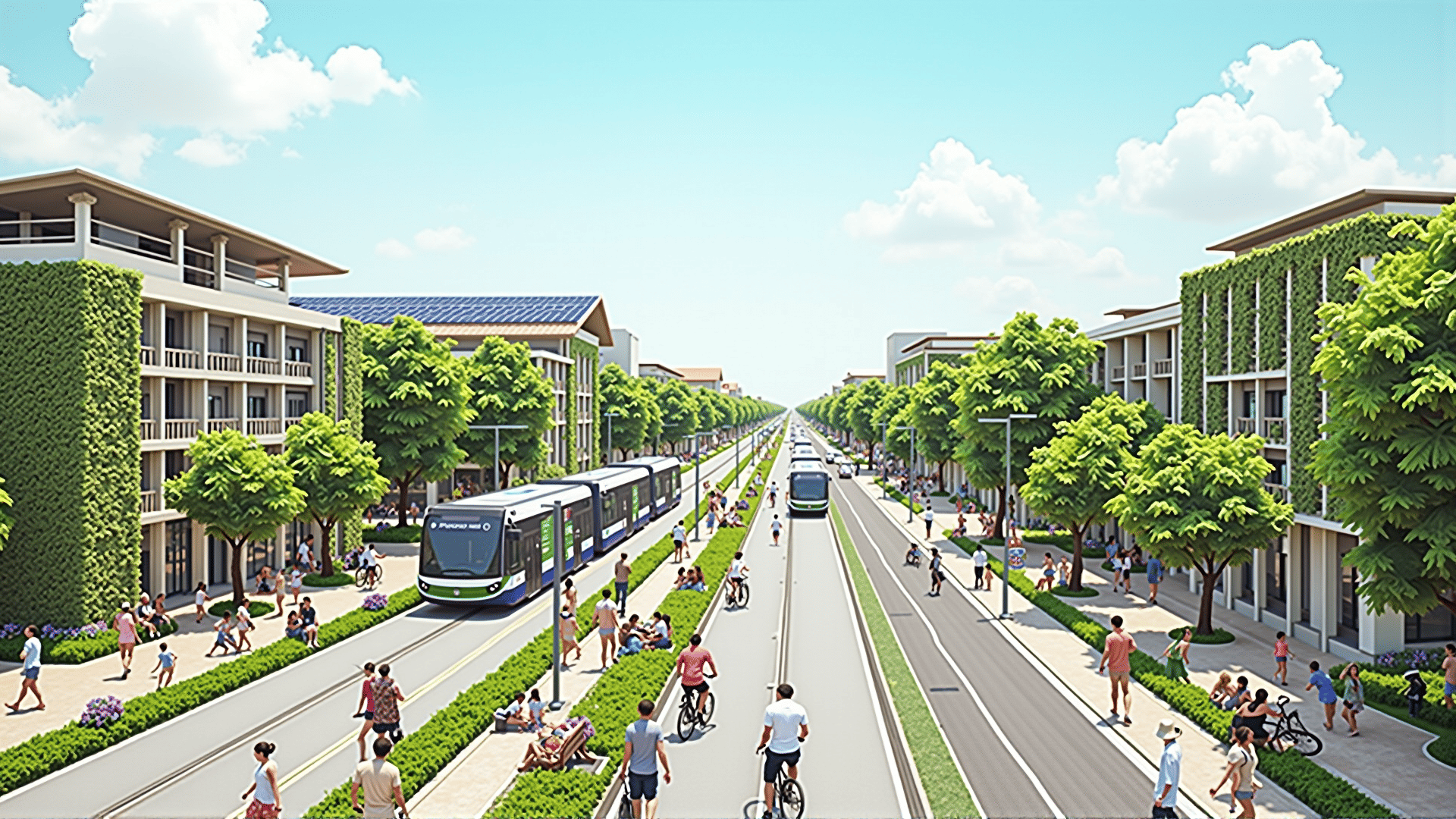The development of sustainable infrastructure is a crucial step towards fostering community growth while enhancing accessibility and the quality of life for all citizens. At its core, sustainable infrastructure focuses on efficiently meeting the present and future needs of communities without adversely affecting the surrounding environment. By integrating innovative design, renewable resources, and smart technology, these projects aim to create resilient systems that benefit society.
One of the key aspects of sustainable infrastructure is the minimization of environmental impact. This is achieved through thoughtful planning and the use of eco-friendly materials. Building projects now incorporate elements such as solar panels, green roofs, and rainwater harvesting systems, which contribute to reducing a structure's carbon footprint. Techniques like these also help to conserve natural resources and reduce waste, ensuring a smaller ecological footprint.
Moreover, sustainable infrastructure plays a significant role in enhancing accessibility. Transportation systems, for instance, are being redesigned to accommodate a variety of users, including pedestrians, cyclists, and those with mobility challenges. Public transit networks are being expanded and improved, providing faster, more reliable, and more sustainable options for travel. These efforts not only reduce traffic congestion but also lower emissions, creating cleaner, healthier urban environments.
Smart technology is another pillar of sustainable infrastructure, facilitating more efficient resource management and creating adaptive systems capable of responding to real-time data. For example, smart grids optimize energy distribution, ensuring that electricity is used efficiently and waste is minimized. In smart cities, sensor networks allow for better management of traffic flows, water distribution, and waste collection, leading to improved quality of life for residents.
In addition to environmental considerations, sustainable infrastructure projects are designed with social inclusivity in mind. By engaging local communities in the planning and decision-making processes, these projects ensure that the needs and preferences of all residents are taken into account. This participatory approach fosters a sense of ownership and strengthens community ties.
Furthermore, sustainable infrastructure presents opportunities for education and innovation. As cities and towns develop projects that are environmentally sound and socially inclusive, they become models for future development. Institutions and local governments can learn from successful initiatives and implement similar strategies in their own regions, leading to widespread adoption of sustainable practices.
Ultimately, the development of sustainable infrastructure is not just about building roads, bridges, or buildings. It’s about creating systems that promote environmental stewardship, social equity, and improved living standards. By prioritizing these aspects, we can pave the way for a future where communities thrive in harmony with the natural world, ensuring a brighter, more sustainable tomorrow for generations to come.
